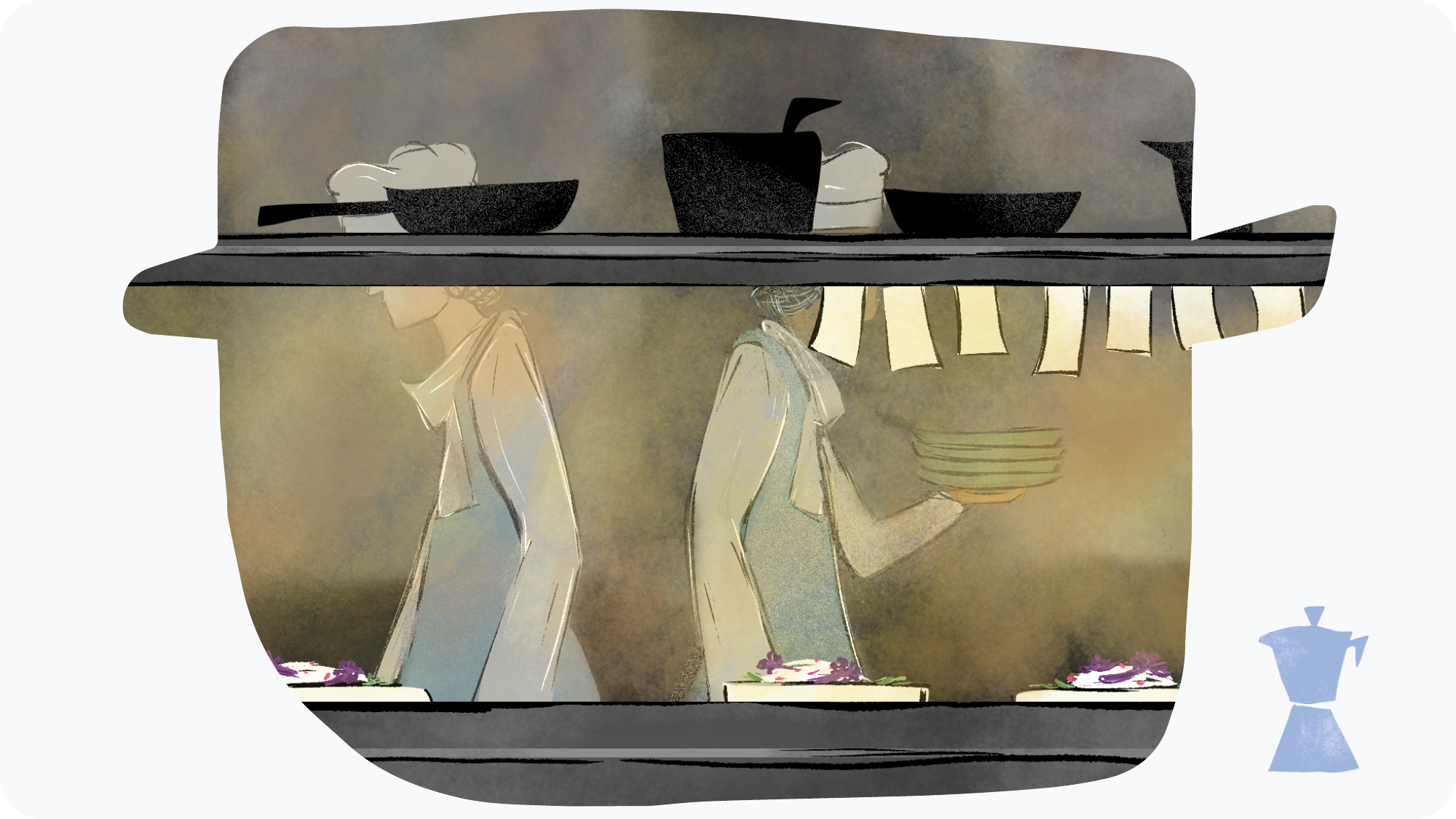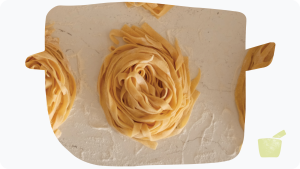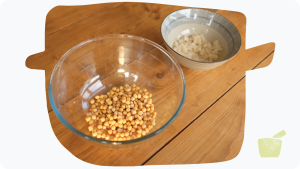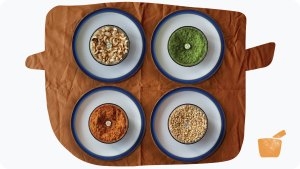A look beyond the window into the cramped and machine-like world of a professional kitchen, and what it’s like to work in one.
This is the third professional kitchen I have ventured into since leaving cookery school. And, as it turns out, the smallest.
The entire site occupies perhaps 100 square feet. There is also a very small basement downstairs with a walk in-fridge and wine cellar. Three quarters of the upstairs is given over to the dining area, with capacity for about sixty covers. Everything else – the kitchen, bathrooms, bar and store cupboard – have been left to fight it out for elbow room.
It is an open kitchen which, I have been told, is a good sign, as it forces chefs to behave themselves and to avoid the kinds of outbursts of shouting you might recognise from a popular TV show.
Squeezing everything in
The kitchen, constructed entirely of stainless steel, is a perfect L-shape, built so that it hugs one right-angle of the dining room.
There is exactly enough space for four sections. First by the window sits larder, where a single chef whips up warm starters of white asparagus swimming in buttery velouté, candied walnuts and feta scattered over a bonfire of purple sprouting broccoli, and red-eyed venison tartare. Next to this is grill, which is exactly what it sounds like: a sweltering hot pair of stoves that stay burning angrily all day long. Then comes garnish, a misleading term, I soon realise, as it consists of a great deal more than artfully administering final touches of dill, but rather is where all side dishes – vegetables, salads, potatoes – are produced. Finally, round the corner of the L, pastry, the home of bread, dessert and – inexplicably – pickles.
Each section possesses a small set of storage units – usually a couple of fridges – stacked to the nines with two and four-litre containers of herbs, oils, purees, trays of panna cotta, pies or soufflés, cartons of egg white and whipping cream. Overhead are stacked shelves of dry ingredients, pans, utensils, recipe folders and till roll. In pursuit of maximum space efficiency, every available nook and cranny has been filled, a giant, three-dimensional game of chef’s Tetris.
Squeezing, shuffling, turning, fitting is the modus operandi of this tiny kitchen – and it is not long before I start to feel like an ingredient. Every shout of “Backs!” is really a command to move, make yourself smaller, to make room for something or someone else.
…and then some more
Apart from the four sections, the kitchen – impossibly, it seems – finds space for three additional stations. At the very end of the “L”, past the pastry section, stands the Kitchen Porter, either Carlos (mornings) or Omed (evenings). All day long, they stand facing a wall, doing a battle of Sisyphean proportions with the ever-replenishing stacks of gastronorm trays, pots and mixing bowls from the kitchen, and teetering towers of plates from the dining room floor, which they transfer from a sudsy sink to commercial dishwasher, and back to whence they came.
One day, a drunken diner, all chinos and gilet, stumbles over to the hatch where the empty plates are piled up by front-of-house, and thrusts a fist-clenched tenner in the face of Omed. “I’ve watched you wash up all night, mate,” he says, “You’re doing a bloody great job.”
The second of these is the oven, which stands in the corner where the two lines meet. I am surprised to learn that there is only one of them in the entire kitchen; even though it is tall, with room for about eight stacked shelves, it remains at a single temperature – about 190°C – for all of service. The menu has been thought out so meticulously that, somehow, everybody’s happy with this arrangement.
Open its door at lunchtime, for instance, and you’ll find a loaf of sourdough, a chicken pie, a soufflé and a bavette all cosied up harmoniously, nobody spoiling the vibe by burning. Overnight, the same oven houses a tray full of bones, wings and feet which cook down at a low temperature into a silky gelatinous sauce which is poured generously over everything. During the day, its klaxon-like timer beeps constantly, like a temperamental toddler, provoking a cry of “Oven!”, even though everybody can hear it, quickly followed by a “Hot, very hot!”
The bridge between worlds
The last, and most important area of the kitchen, perhaps even the whole restaurant, is the pass. In the evenings, when the lights have been dimmed to pleasantly atmospheric levels by front of house, it takes on a kind of glow; the light of the heat lamp rebounds off the gleaming steel surfaces and illuminates the face of the Head Chef, who stands there like a priest, intoning the orders from the POS machine: “one arancini, two trout, followed by one bavette, one tagliatelle and one pheasant”, to which we respond, without fail – for you must not fail to respond – “Oui, Chef!”
The pass is a threshold, the boundary where labour ends and relaxation starts, the point at which food is neither being produced nor consumed, but rather just sits there, steaming and glistening and crackling under the anvil of the heat lamp, waiting to be whisked away by front of house. For those few seconds, that stationary plate of food marks the one, single point of stillness in the frenzied circus of prepping, cooking, shouting, eating, drinking and cleaning going on around it. It is why all of us are all here.
Banner image illustration: Sneha Alexander






